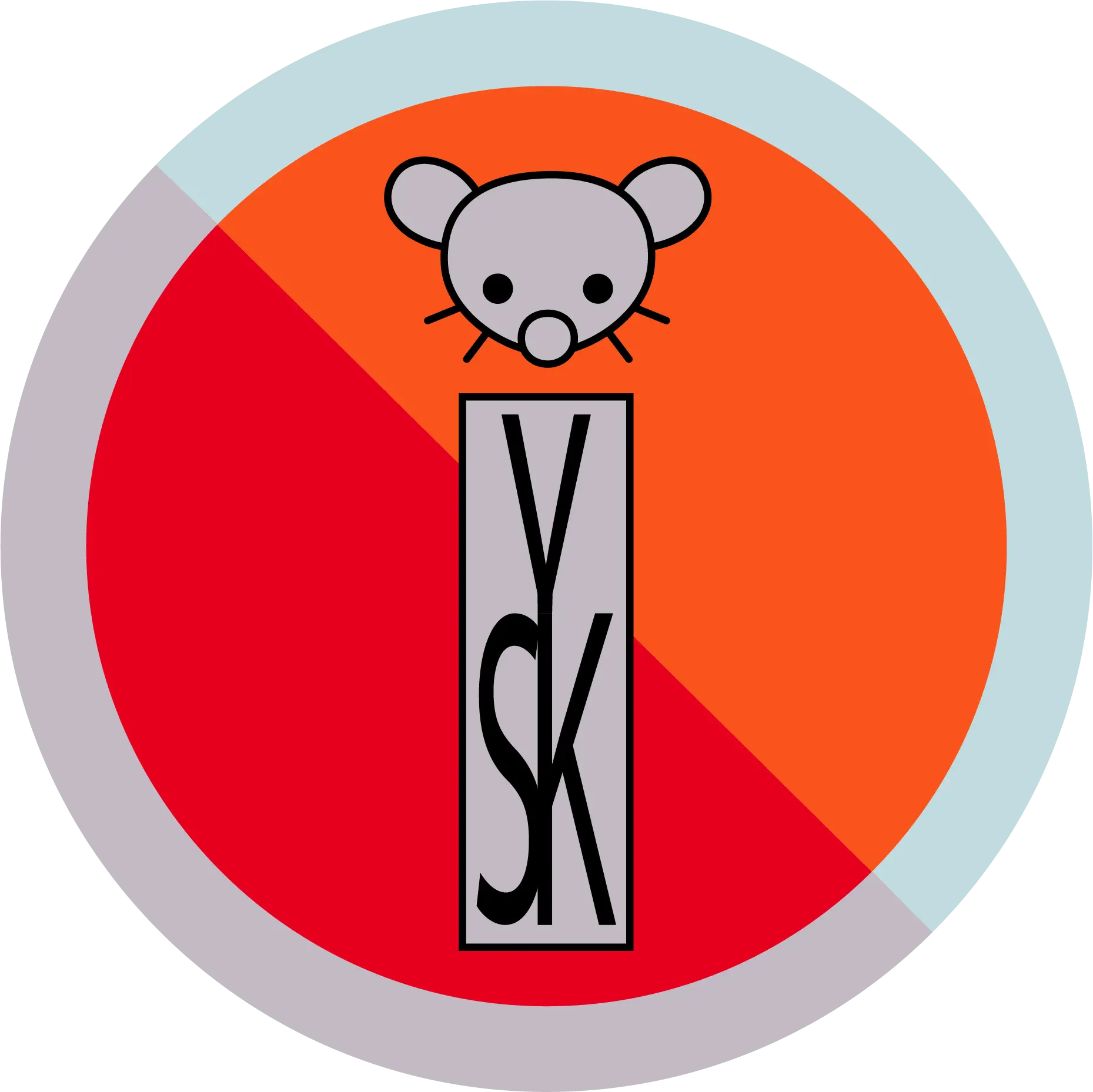Why YSK: TV has lied to you. If a cardiac arrest happens and you have an AED defibrillator at hand you might still need to do chest compressions.
- When you open up the AED there will be instructions on how to apply the electrodes as well as any other procedure needed to get started.
- The machine will first analyze the heart’s rhythm to find out if a shock can restore the heart.
- If the machine doesn’t find anything it will instruct you to perform CPR. After a while it will then instruct you to stand by as it does another analysis.
- It will once again either deliver a shock or instruct you to go back to CPR. Do this routine indefinitely until medical services has arrived. You will be tired. Switch out with another person if there are other people who can help.
- Some AED’s are automatic and will warn you to stand back and deliver a shock. Others will need you to press a button to deliver the shock yourself. Make sure not to touch the person as the machine delivers the shock.


The term you are looking for with the “death punch” is Commotio Cordis.
Also, to be more technically accurate, defibrillators are intended to restart a stopped heart, but only some kinds of stops. What people traditionally think of is Asystole (“flatline”), which is complete lack of electrical activity in the heart. Shock won’t do diddly here, they ded.
Ventricular tachycardia and ventricular fibrillation however have essentially stopped the muscular/mechanical pumping of the heart, because of disjointed electrical activity. This activity is what the defibrillator is intended to reset.
There’s a 4th type called Pulseless Electrical Activity (PEA) where the electrical function is relatively normal, but something external is preventing pumping. Defib won’t help here either, since the electrical portion is working fine.